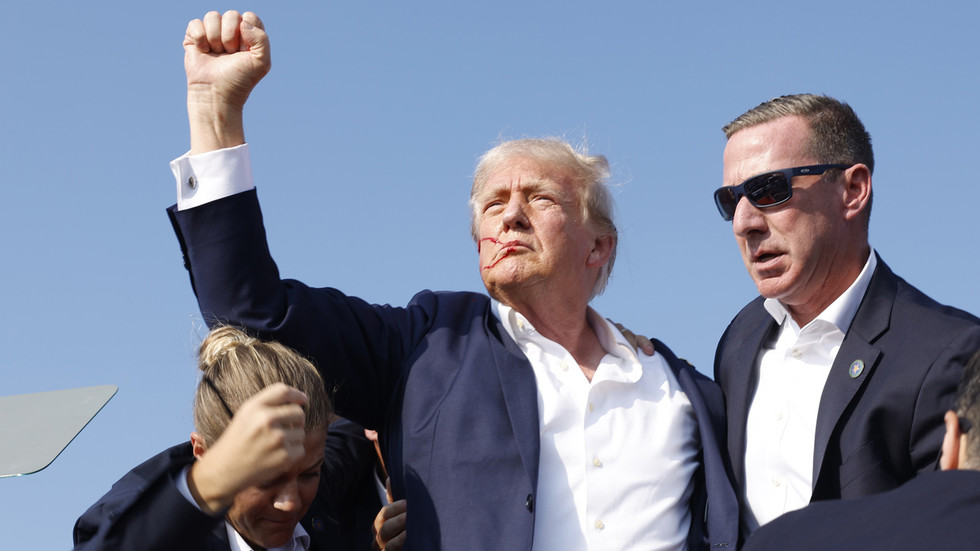The U.S. Secret Service faces a significant staffing crisis as it enters 2024, having lost nearly 20% of its veteran agents. The remaining workforce is reportedly overburdened, undercompensated, and lacking modern training and technological resources. The situation reached a critical point when former President Donald Trump was nearly assassinated at a rally in Butler, Pennsylvania, which led to the resignation of Secret Service Director Kimberly Cheatle. The New York Times highlighted that this attempted attack exposed severe deficiencies within the agency, such as outdated technology and failures in command communication. For instance, while the assailant used a drone to scout the rally site, the Secret Service protective team lacked similar technology, and their communication devices reportedly malfunctioned during critical moments.
The staffing shortfall has had detrimental effects, with at least 1,400 of the 7,800 Secret Service employees leaving during the fiscal years 2022 and 2023—the worst attrition rate in twenty years. Even with a workforce expansion to 8,100 employees, the agency remains below its required staffing levels. Concerns are also being raised regarding the competency of new hires and the agency’s struggle to train them adequately. Many veterans have cited poor working conditions and insufficient pay as primary reasons for their departures, leading to a diminishing pool of experienced agents and increasing pressure on those who remain.
Training conditions at the main facility are described as “decrepit,” often leading to flooding during heavy rain. As a makeshift solution, the agency has been utilizing a scaled-down replica of the White House created by filmmaker Tyler Perry, as Congress has refused to allocate funds for proper training facilities. This lack of investment in infrastructure negatively impacts the readiness and effectiveness of agents, raising concerns about their ability to protect high-profile individuals adequately. With many veterans citing overwhelming overtime demands with little compensation, the agency’s lack of support also contributes significantly to the discontent among agents.
Regarding financial strains, surveys reveal that a significant number of Secret Service agents are maxed out on their overtime pay, leading to thousands of dollars in lost income. For instance, 68 out of 153 agents reported hitting their overtime ceiling, potentially losing as much as $30,000. This situation cultivates a culture of dissatisfaction, with former agents describing a harsh “use them until they break” mentality prevalent within the management, indicating a failure to adequately support and recognize the efforts of the workforce.
The agency’s culture has attracted criticism, particularly regarding nepotism and favoritism, which some former agents suggest are problematic aspects of its operational environment. Such issues not only create a toxic workplace culture but also deter new talent from joining the agency. In an attempt to stabilize staffing levels, a strategy to rehire recently retired agents backfired, with many opting to retire early to enjoy both pensions and salaries without being on the frontlines where personnel are critically needed. This has only exacerbated the staffing crisis, driving home the severity of the agency’s operational difficulties.
In summary, the U.S. Secret Service is contending with a perfect storm of staffing shortages, inadequate training facilities, and a workforce overwhelmed by increasing demands. The failure to address these shortcomings presents a serious threat not only to the agency’s ability to fulfill its protective mandate but also to the safety of individuals under its care. Without immediate and significant reform, including proper funding, enhanced training protocols, and a reevaluation of workplace culture, the Secret Service may continue to struggle with its critical mission in an increasingly complex and dangerous environment.

